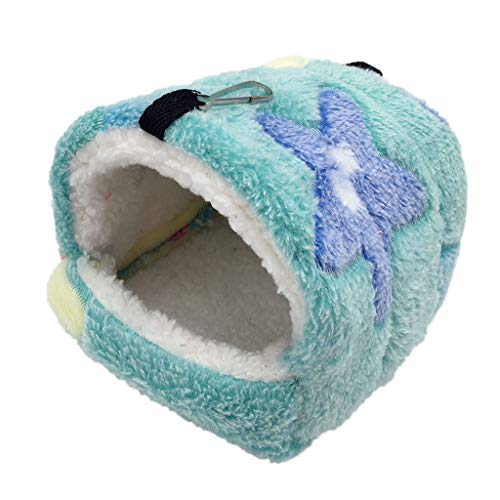Fidget
Senior Member
http://www.emedicine.com/med/TOPIC680.HTM
Unlike streptococcal species, enterococci are relatively resistant to penicillin, with minimum inhibitory concentrations (MICs) that generally range from 1-8 mcg/mL for E faecalis and 16-64 mcg/mL for E faecium. Therefore, exposure to these antibiotic agents inhibits but does not kill these species. Combining a cell wallâactive agent such as ampicillin or vancomycin with an aminoglycoside may result in synergistic bactericidal activity against enterococci.
The acquisition of vancomycin resistance by enterococci has seriously affected the treatment and infection control of these organisms. VRE, particularly E faecium strains, are frequently resistant to all antibiotics that are effective treatment for vancomycin-susceptible enterococci, which leaves clinicians treating VRE infections with limited therapeutic options.
Diet
In patients who are persistently colonized with VRE, attempts are occasionally made to eradicate the bacteria. Enteral antibiotics such as bacitracin rarely achieve long-term success. In a small recent study, probiotic therapy (Lactobacillus rhamnosus GG in yogurt) was used to successfully clear VRE colonization and infection in renal patients.27
Unlike streptococcal species, enterococci are relatively resistant to penicillin, with minimum inhibitory concentrations (MICs) that generally range from 1-8 mcg/mL for E faecalis and 16-64 mcg/mL for E faecium. Therefore, exposure to these antibiotic agents inhibits but does not kill these species. Combining a cell wallâactive agent such as ampicillin or vancomycin with an aminoglycoside may result in synergistic bactericidal activity against enterococci.
The acquisition of vancomycin resistance by enterococci has seriously affected the treatment and infection control of these organisms. VRE, particularly E faecium strains, are frequently resistant to all antibiotics that are effective treatment for vancomycin-susceptible enterococci, which leaves clinicians treating VRE infections with limited therapeutic options.
Diet
In patients who are persistently colonized with VRE, attempts are occasionally made to eradicate the bacteria. Enteral antibiotics such as bacitracin rarely achieve long-term success. In a small recent study, probiotic therapy (Lactobacillus rhamnosus GG in yogurt) was used to successfully clear VRE colonization and infection in renal patients.27















































